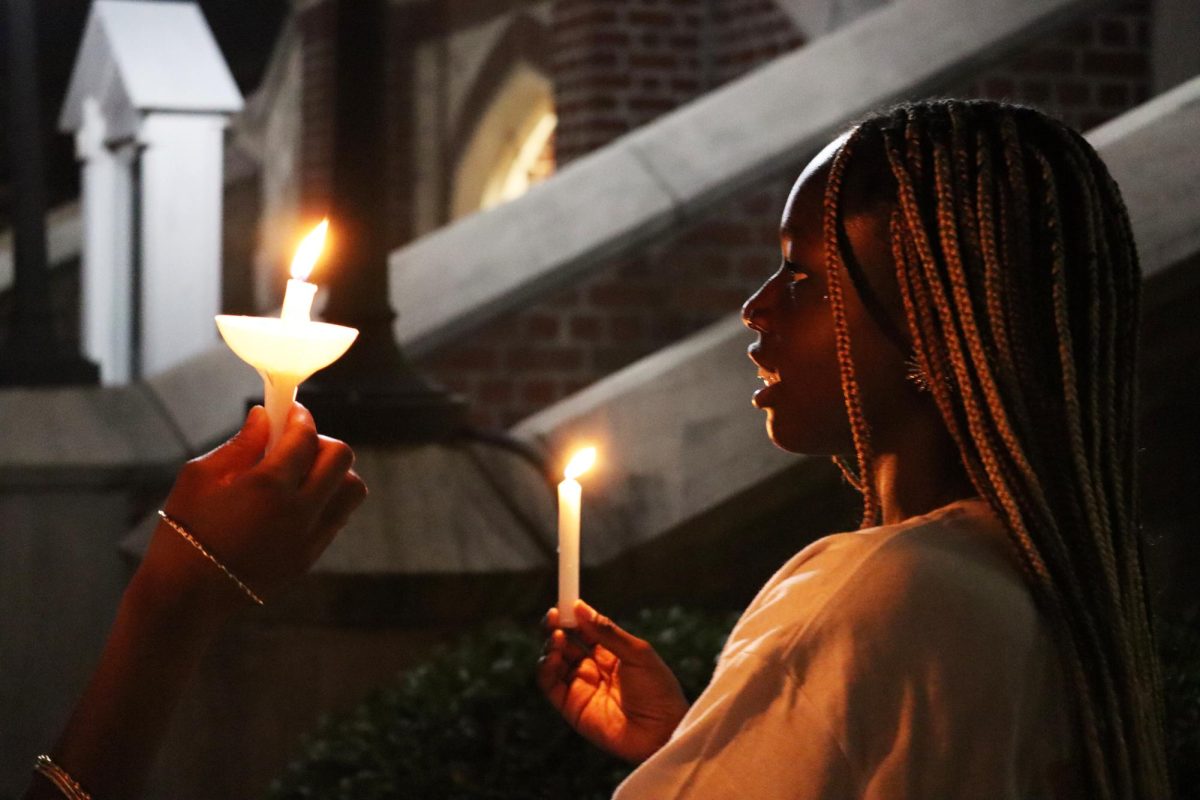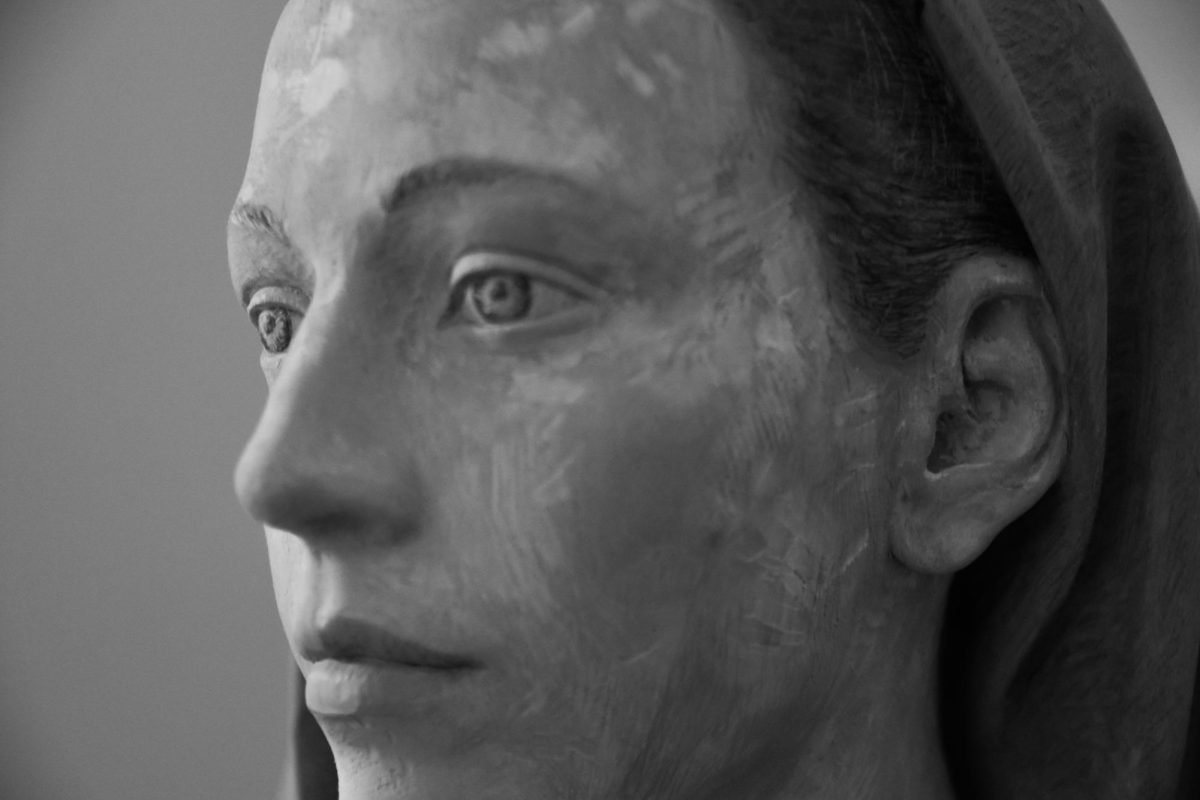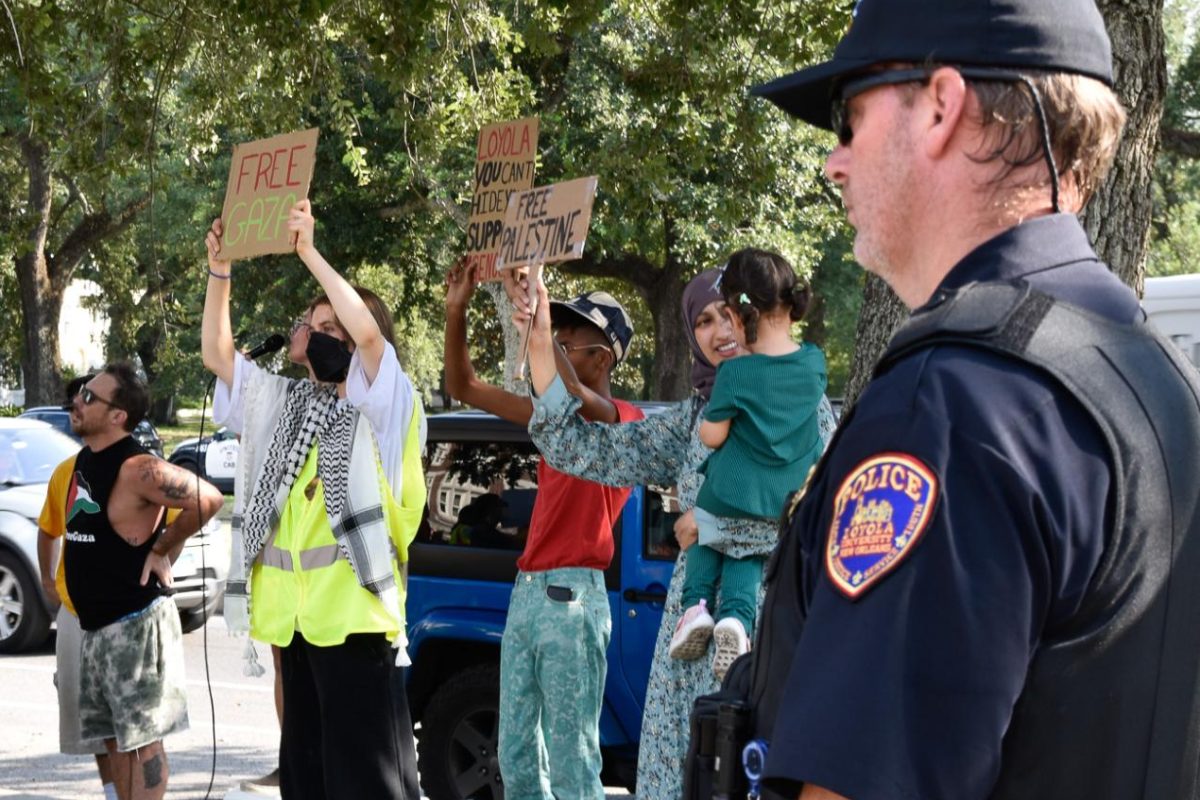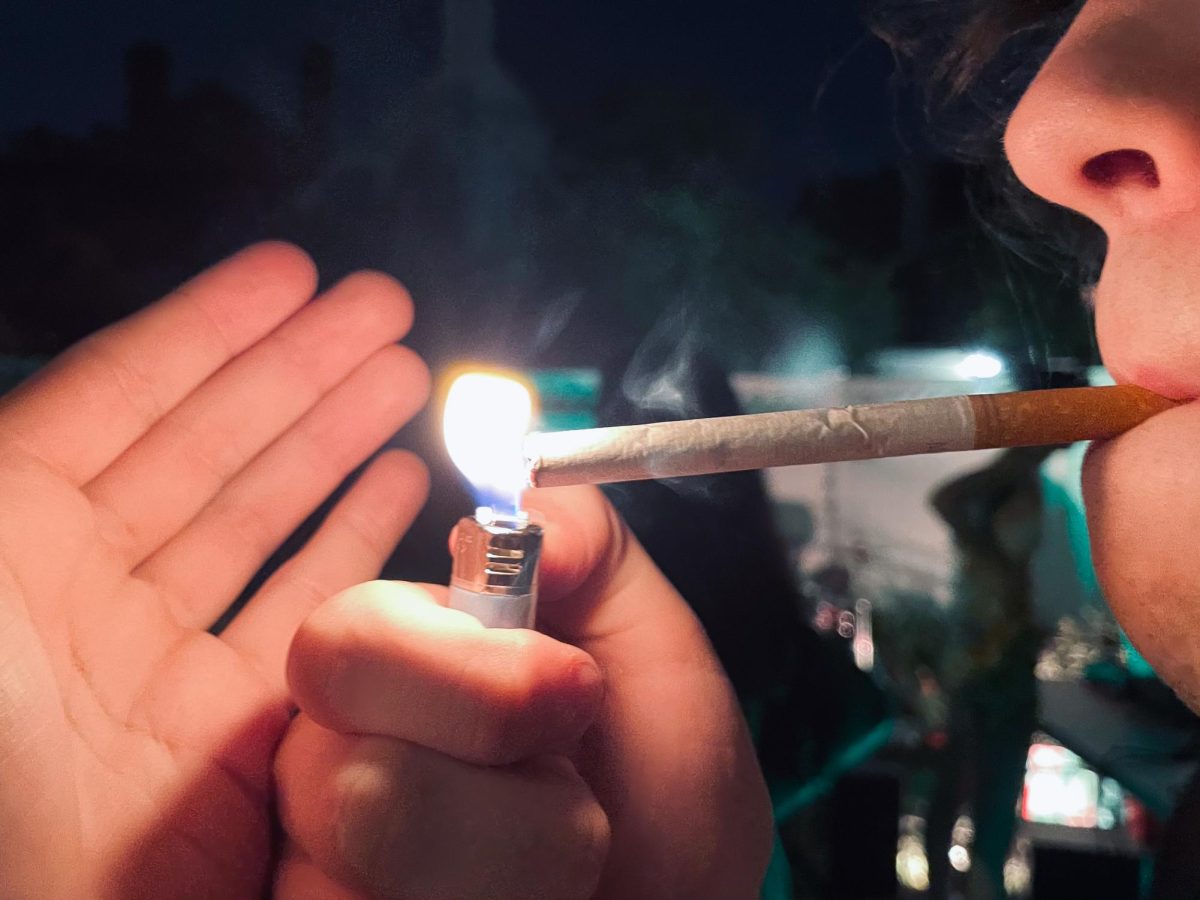initiate dialogue within the university’s community.
The Jesuit tradition pervades through every facet of Loyola, and the arts are no exception. The fusion of the university’s strong foundation in the arts with its commitment to social justice has helped to highlight contemporary issues in a unique manner.
These works are inciting discussion and, in many cases, drawing attention to social matters.
Far too often, there are examples in the arts that contain little substantive message. This seems a shame, considering the strong impact the arts can have.
Some may not agree with the messages of the works on campus, but through this, they open a forum for dialogue. They can be a positive solution to addressing differences on campus.
Two plays so far this semester have been examples of this tradition. ‘Angola 3,’ which was put on last month by the College of Law, focused on the need for prison reform by illustrating the treatment of three prisoners at Louisiana’s Angola prison.
Several days after the performance, the United States Department of Justice released an investigation report that detailed how the conditions of the Orleans Parish Jail “violate the constitutional rights of inmates.”
Though it’s arguable that the two are not necessarily correlated, the report showed that the issue of prison reform is continually relevant.
Similarly, the upcoming production of ‘Jihad Jones and the Kalishnikov Babes’ by the Department of Theatre Arts and Dance also contains a social message. It demonstrates the prevalence of stereotypes in the American media, particularly of those of Arab descent.
Both ‘Angola 3′ and ‘Jihad Jones’ embrace the social justice tradition while also being entertaining. Loyola could have very well chosen two plays that offer little in terms of substantiality, but the decision to hold these performances confirms a strong commitment to the university’s values.
The reflection of social justice in art extends beyond just theater.
Some within the Loyola community may not agree with Yellow Cake, but it still serves as a reminder of a social issue. That is, it is based on four nuclear events and raises the question of the role of nuclear arms. In that regard, it is undeniably successful. Its placement has accrued a great deal of discussion among the community.
These are in no way the only examples of social justice in art. Within the College of Music and Fine Arts alone, there are far too many examples to name. Each has been able to offer a different kind of education to the Loyola community that wouldn’t be available in the classroom.
Although the messages of these works are significant, disagreement can be important as well as it opens the way for meaningful discourse.
No one should turn away the opportunity to support the arts at Loyola because they disagree with the message. At the very least, they should go with the intention of seeing a different side of an issue. The Jesuit tradition cannot continue without an open-mind and a willingness to learn.
Loyola should continue to embrace the connection between the arts on campus and social justice, and the community should support the university by continuing the dialogue.







